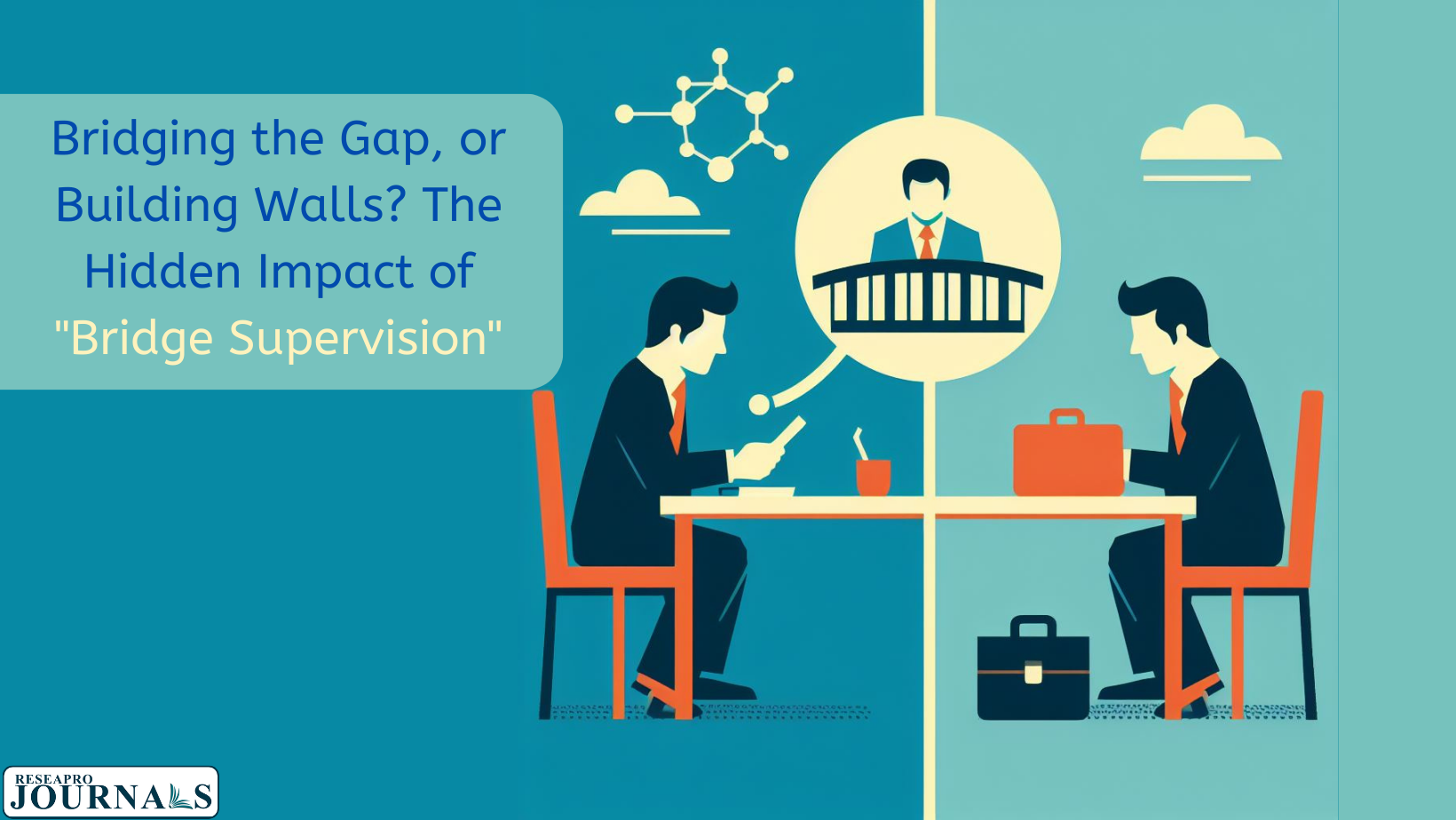Imagine being a manager, but your boss works in a completely different world. No water cooler chats, no hallway encounters, just the sterile distance of video calls and emails. This is the reality of “bridge supervision,” a growing trend where managers and bosses exist in separate social networks within the same company.
While technology makes bridge supervision increasingly common, a recent study published in the Academy of Management Journal, titled “Bridge Supervision: Correlates of a Boss on the Far Side of a Structural Hole,” raises some intriguing questions. Does this remote boss-manager relationship affect how managers operate and ultimately, how effective they are?
The Study’s Findings:
The research, conducted in a traditional corporate hierarchy, reveals fascinating insights:
- Managerial Isolation:┬ĀManagers under bridge supervision tend to exclude their boss from work discussions and limit emotional expression.┬ĀThey operate in a self-contained bubble,┬Āpotentially hindering collaboration and feedback.
- Style, Not Performance:┬ĀDespite these changes in manager behavior,┬Āthe study surprisingly found no significant difference in performance between managers under bridge supervision and those with more traditional,┬Ā“embedded” relationships with their bosses.
- Familiar Factors Matter:┬ĀCompensation and presenting good ideas,┬Āproven predictors of success in other scenarios,┬Āremain important for managers regardless of supervision style.
Implications and Questions:
This research paves the way for further exploration into the nuances of bridge supervision:
- Are there specific tasks or industries where bridge supervision impacts performance more prominently?
- How can organizations leverage technology to foster connection and communication in bridge supervision situations?
- What additional factors beyond style influence a manager’s effectiveness?
Conclusion:
While bridge supervision may not automatically lead to performance dips, it does alter how managers function within their teams. Understanding these psychological and social dynamics is crucial for organizations navigating this growing trend. By bridging the gap between remote bosses and their on-the-ground managers, companies can ensure effective leadership and a thriving work environment for all.




